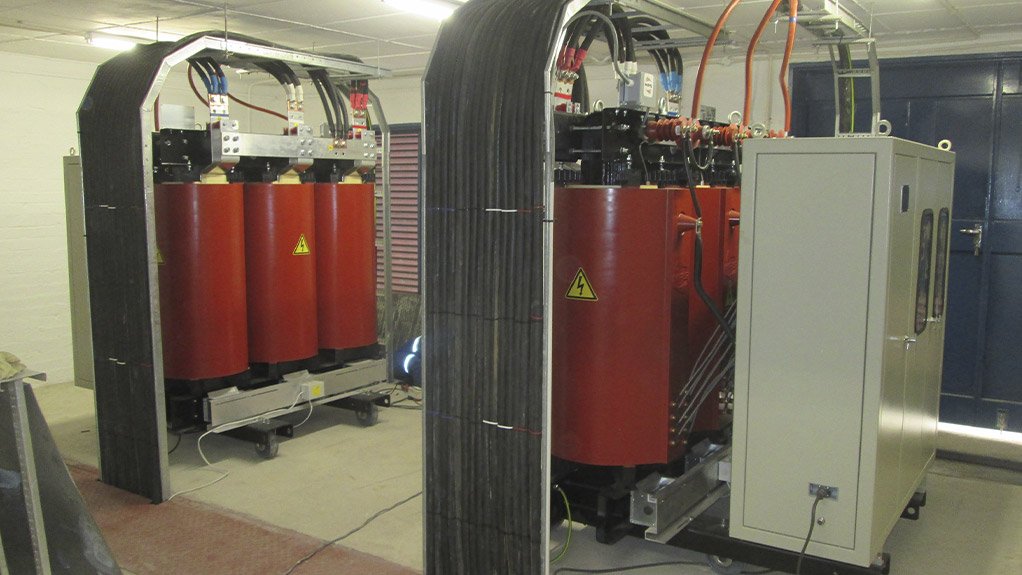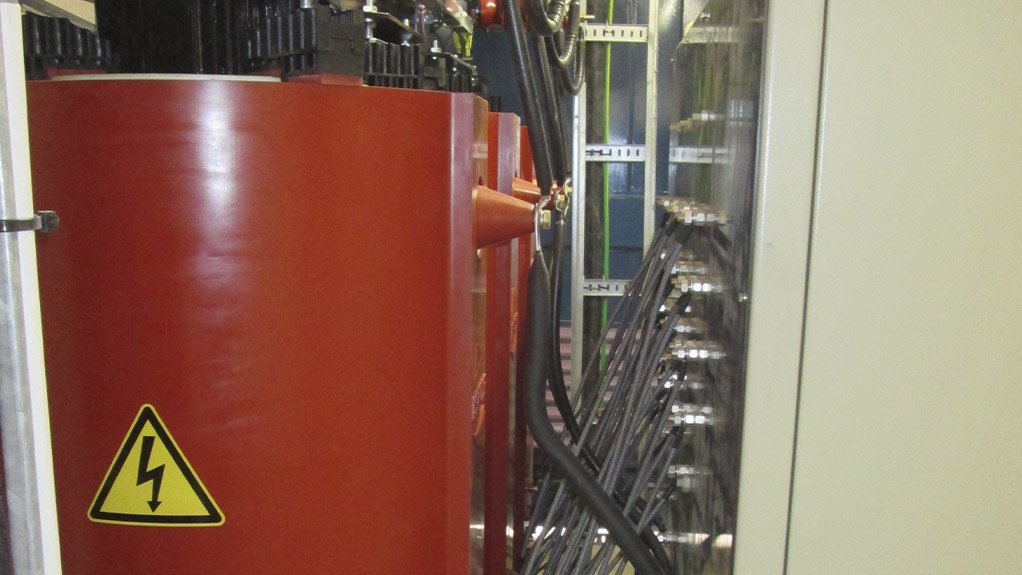The upgrade of a data centre in Nigeria has called for a custom-engineered dry-type transformer solution that can deal with, among other challenges, high level of voltage fluctuations.
According to Trafo Power Solutions Managing Director David Claassen, the contract followed successful past engagements with an existing data centre customer – who is now involved in Africa’s most populous state.
“In the context of an unstable power supply, this application required an unusual but effective solution,” says Claassen. “The challenge is that the voltage of the electrical supply in this area often fluctuates between plus and minus 10% of nominal voltage, so we designed our transformers to include an automatic on-load tap changer (OLTC).”
Further to this, the high level of total harmonic distortion, related to data centres, necessitated the need to design the transformer according to K-factor 13 to ensure maximum reliability and to compensate for the additional heat caused by these harmonics, as well as the associated voltage distortion.
The OLTC is installed on the transformer feet and fully integrated by Trafo Power Solutions. When there are fluctuations in voltage – up or down – this is sensed automatically and the secondary voltage of the transformer is adjusted accordingly by the OLTC, which ensures a stable secondary voltage reaches the data centre’s critical equipment. This specific design will allow the transformer to correct up to 10% under-voltage and up to 10% over-voltage in the power supply in four equal steps.
“It is important to realise that this level of fluctuation – if not corrected – would be extremely detrimental to electrical infrastructure,” Claassen continues. “In fact, some equipment would experience catastrophic failure under these conditions.”
Included in the project scope was also the control and protection of both the transformer and tap changer – as well as an automatic voltage regulator – making up a complete solution for the customer. The transformer supplied by Trafo Power Solutions is a 2,000 kVA unit which will step down the incoming voltage from 11 kV to 400 V. The company is also responsible for commissioning the solution on site.
“Cooling will be achieved in an air natural (AN) configuration, but fans have been included on the transformers to allow them to carry a 25% higher load, if necessary,” says Claassen. “The cooling aspect of the design is important in this context, as the higher harmonics can also lead to raised temperatures in the transformer.”
Trafo Power Solutions includes an electrostatic shield between the primary and secondary windings in this type of design to arrest any stray current that could be caused by the harmonic distortion. He highlights that there is no room for downtime in the data centre industry, so transformer design must be exacting and the manufacturing must be to the highest industry standards.
“A critical measure of any data centre is its level of uptime, so the customer needs stable voltage to underpin the reliability of all its infrastructure,” he says.
Claassen adds the company also offers modular solutions for data centres, an approach with particular benefits as customers can build up their medium voltage infrastructure gradually as their business grows. This facilitates a smooth and cost effective ramp up of operations, with the modular approach allowing the addition of new capacity without disruption.












